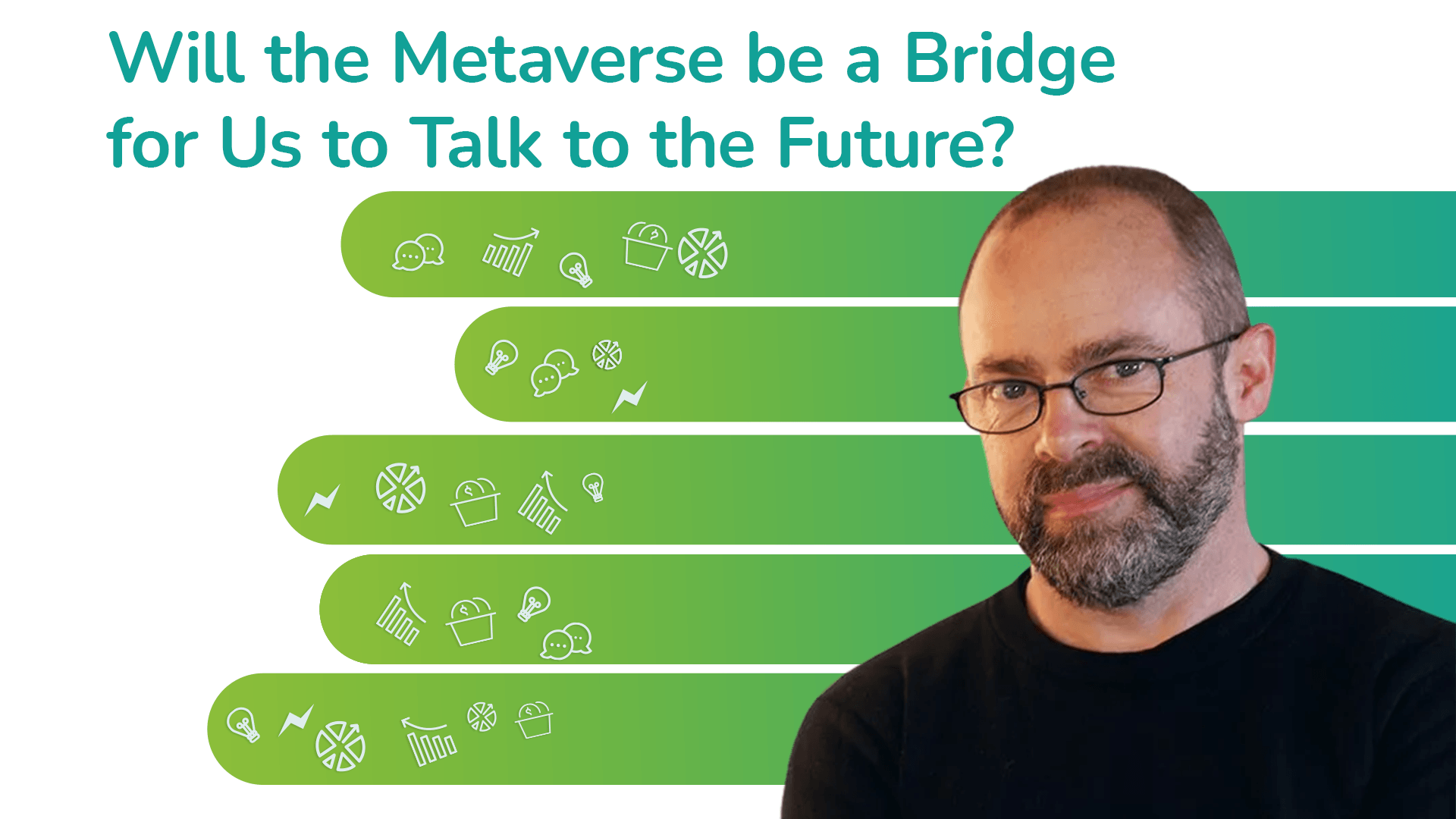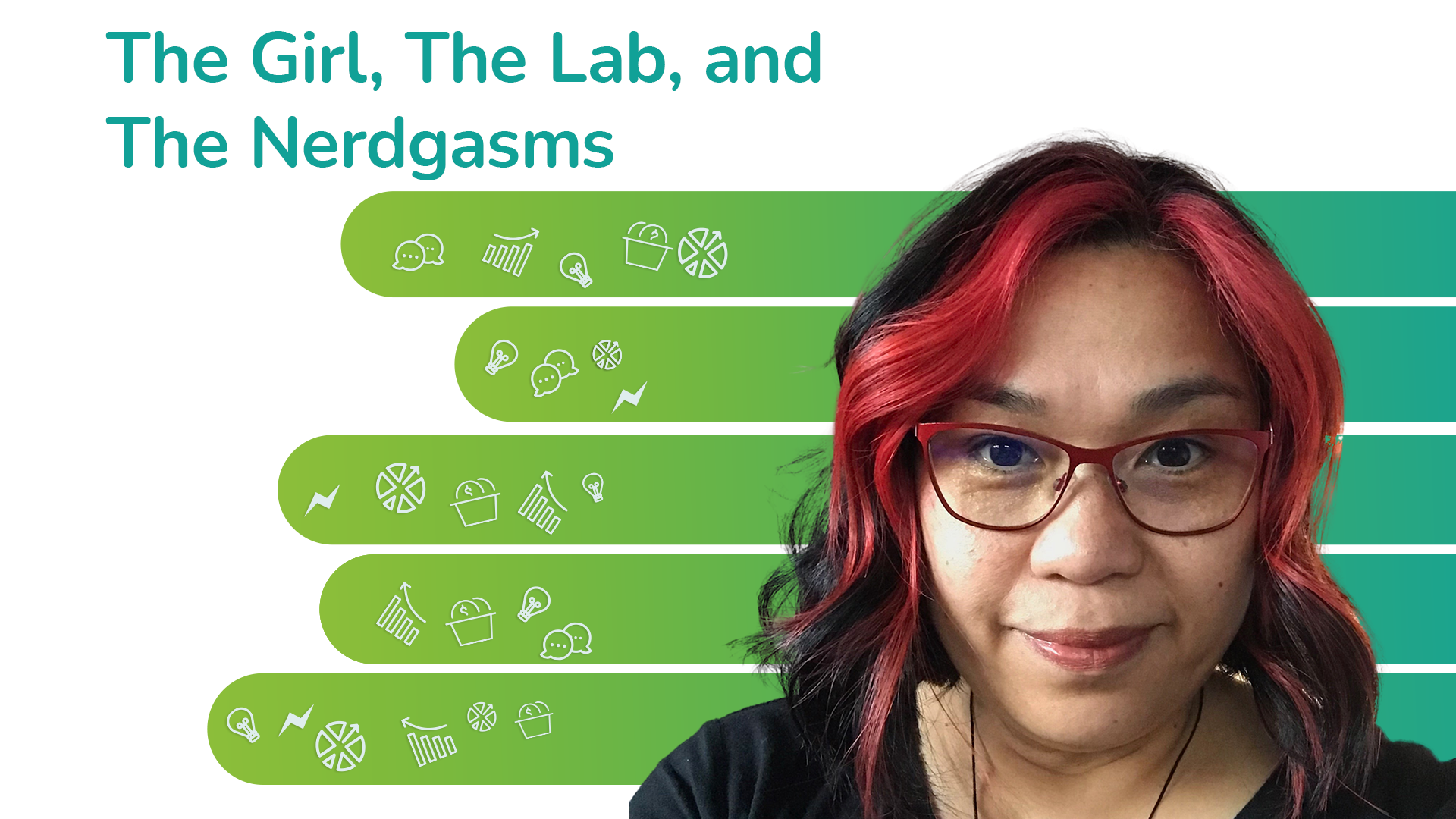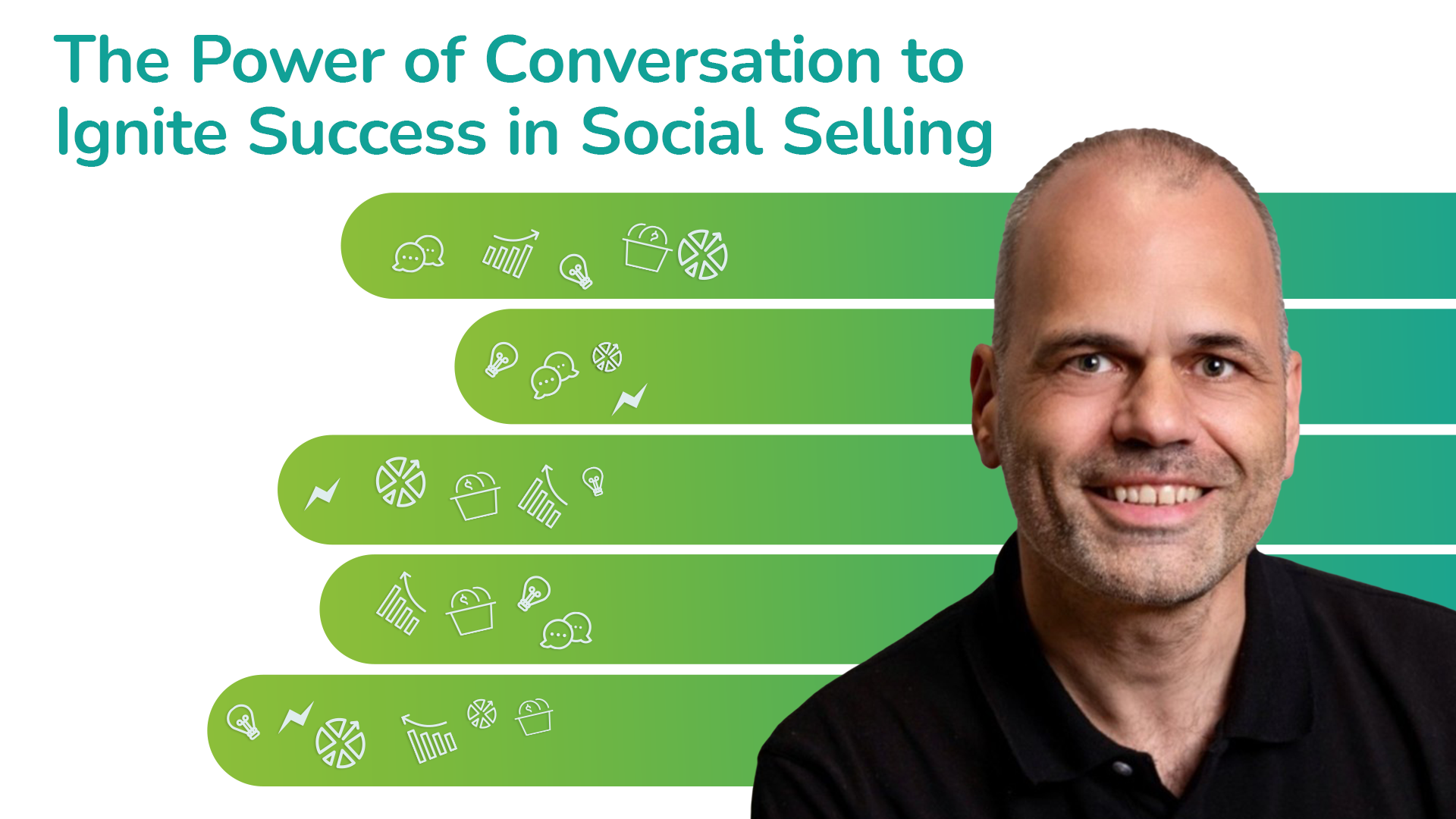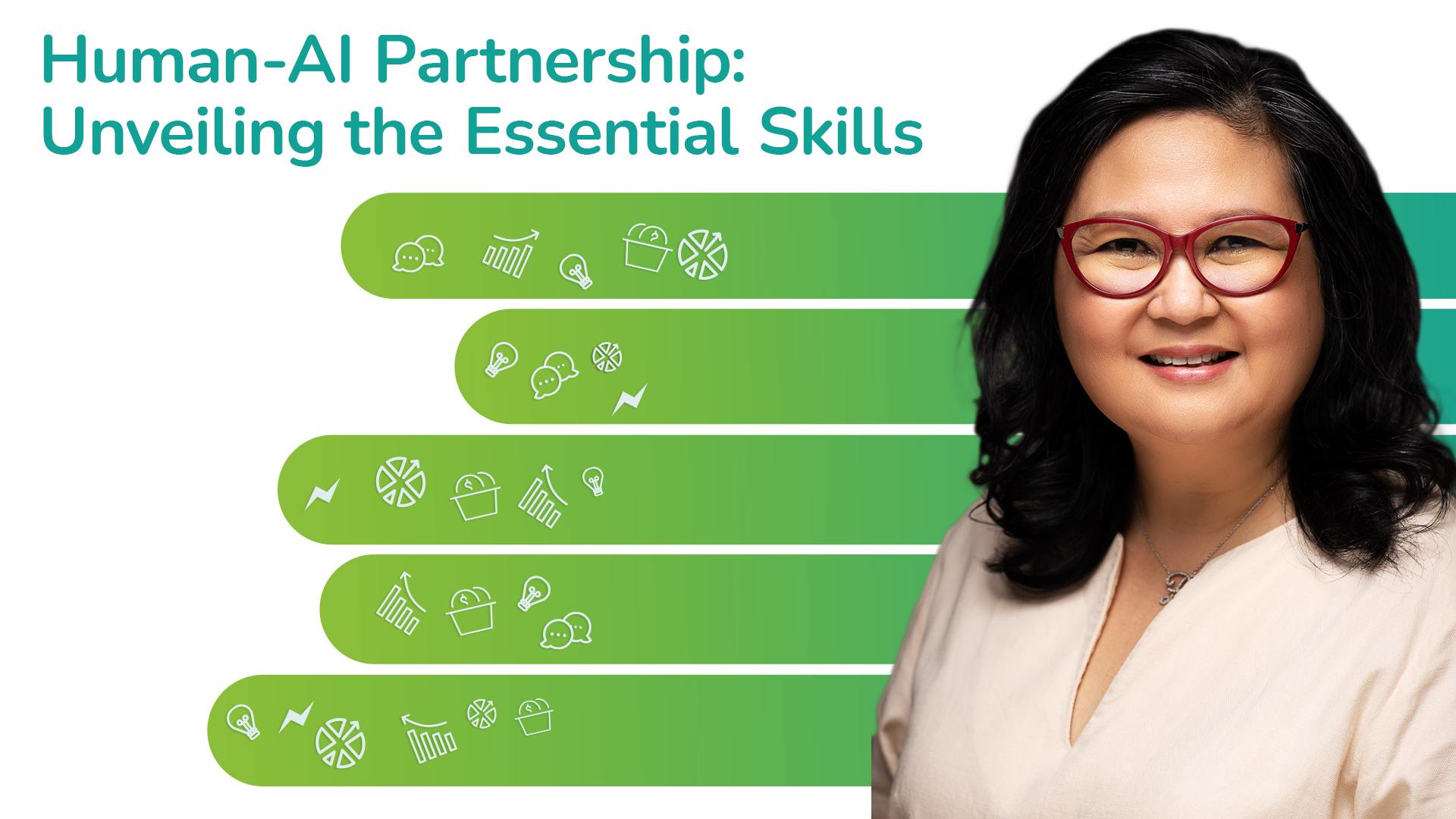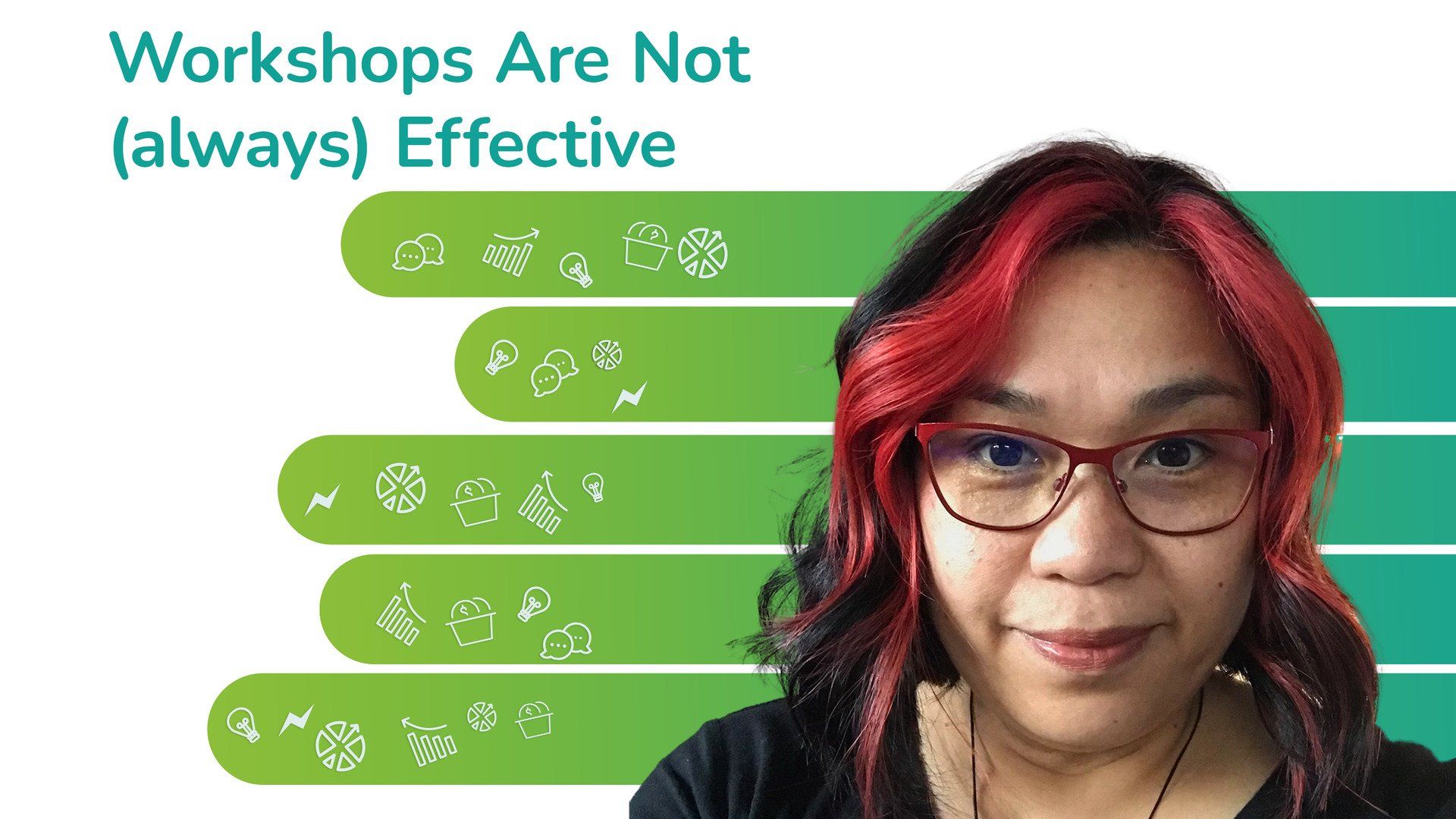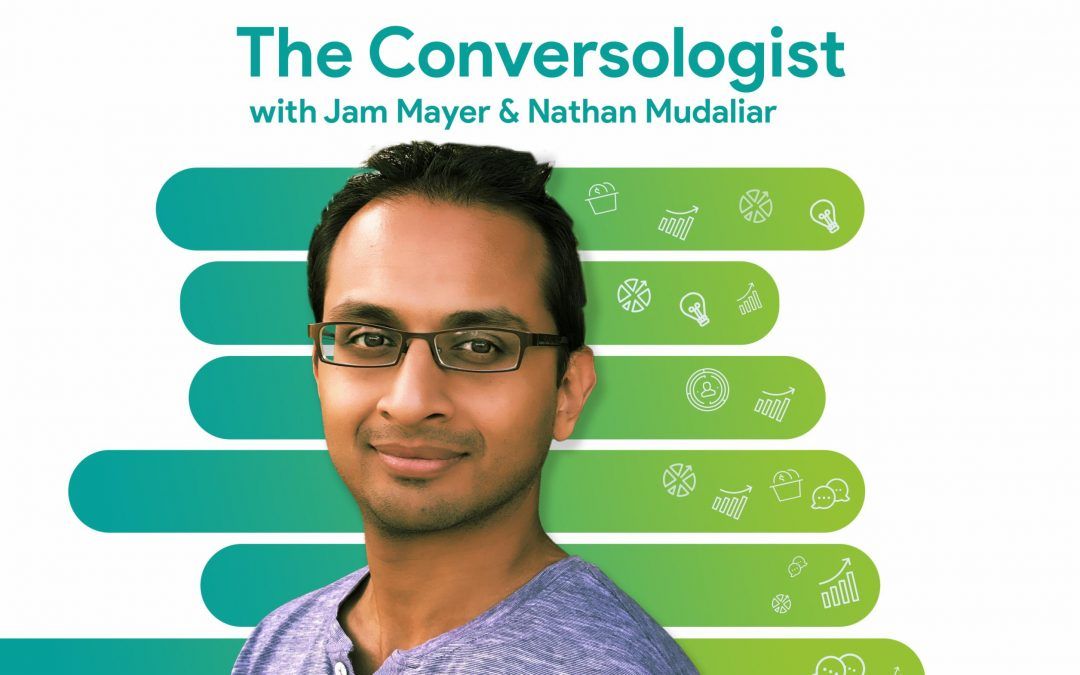Episode Conversation
Questions that were answered:
- Can you have a successful social platform for a brand, without owned content – or without a budget to create content?
- Can you share a customer’s image, with a sales message caption?
- Do chatbot based replies make a difference when customers are expecting immediate responses?
- Should we set up a chatbot for an out-of-hours response?
- How do you identify your target audience if you’re a bed business owner, and maybe have a large variety of customers
- We’re a digital agency. Our clients are very focused on the ROI, not the conversational nature of social. How should we help them understand content?
- How does a small service-oriented business create content at scale, within the limits of time and cost?
Introduction
Jam (00:08)
Welcome to the Conversologist podcast, where we talk about the art and science of conversations in the digital space. We know that technology can be a powerful enabler in the customer journey from marketing to customer service. But communication and emotional connection still need to be at the core. I'm your host Jam Mayer with me, a senior content Conversologist Rew.
Rew (00:33)
Hello. I'm back. Hi.
Jam (00:35)
Why are you back?
Rew (00:36)
I can't keep away from this podcast.
Jam (00:38)
OK. All right. So this week
Rew (00:41)
Episode four.
Jam (00:42)
Yeah, it is episode four. Questions from Hootsuite event just happened in Auckland, New Zealand. OK, building a social organisation, social media brand and marketing tips. So anyway, just to give some little background, this week I was invited to be on the discussion panel and that event where we invited social media managers, medium size and enterprise level businesses as well. And there were a lot of questions and there was limited time and not everything got answered. So I'm going to take this opportunity to tackle a few more and you can answer some of them as well.
Rew (01:19)
That sounds like a really good plan.
Jam (01:20)
And you'll stop me if I go off tangent or start to ramble.
Rew (01:24)
Don't I always?
Jam (01:25)
No.
Rew (01:27)
So it was the first time.
Jam (01:28)
Fine.
Rew (01:29)
OK, let's do it. What do these questions come from there?
Jam (01:33)
So there were a mix of people during the event, as I mentioned earlier, and the one thing they all have in common is needing to invest their time more efficiently and getting good social ROI in communities and building a social organization.
Rew (01:49)
And that's where you, chief Conversologist Jam Mayer, comes in right. So are you up for the challenge?
Jam (01:54)
Bring it.
How can a small service oriented business create content at scale?
Rew (03:57)
OK, well, that was an easy one. I guess the second question then, I think falls from the first question, how does then a small size, service oriented business create content at scale within the limits of time and cost?
Jam (04:14)
I think this isn't just a problem of small businesses. It is a problem of even the enterprise guys. First recommendation or tip probably is to use your own authentic content. I know we normally go for stock images, for example, or stock videos like on Splash Pics, eBay and so on and so forth. Yes, maybe it's a start because it's easy, but that's really going to not ruin your brand, but it's just no recall whatsoever because you could just going to be like any other business out there. It's about efficiency and time management. And I know it's kind of sort of a blanket answer, but it's true. So as a small business. Let's say you're a cafe and this is quite easy to B2C. Why don't you just snap pictures, behind the scenes or some customers, they might actually be good, you know, your regulars and stuff and talk to them. Hey, is it OK if we just shoot a video or while you're eating or whatever it is? Right. So you're still running the business like a cafe and you're not really spending extra time doing the video or shooting pictures or whatever it is. Maybe you just have a little bit of tweaks here and there. But the more authentic it is, the better. So you cut on time cost. We just use your iPhone seriously and for us for example, we do cinema graphs and we asked the team and when they're around and they're interested in shooting a cinema graph about what they're interested in, it's great content for us. Then they enjoy it. And again, this is within the time they're working for us during office hours. So there's no extra cost and maybe that's just a little bit more time tweaking it. So it's the same concept. Does that make sense?
Jam (06:03)
And you can do that at scale with, I'll say, Hootsuite here. You know what's great about Hootsuite? The frequently asked question that's asked of me is, OK, hang on, there's so many platforms out there. It is Twitter, it's Instagram and they have different sizes. And this is just a very, very small thing. But if you've got a tool like Hootsuite, for example, where in now, when you compose it, when you put the image there, for example, it is going to tell you that, hey, why don't you just choose which platform and stuff and it's going to help you edit the thing in the dashboard itself instead of using another tool like Canva separately, which will take more of your time editing it. Right. So everything is in there. Instead of spending fifteen minutes editing one and posting it and scheduling it, then at least you caught up probably ten minutes of your time. You just use five minutes so then you can have more content, you can schedule it more and you can do a whole content calendar etcetera. And then communicating, obviously, your message, I was rambling, wasn't I?
Rew (07:12)
Not at all. That was actually really useful. So in a nutshell, thinking smarter, incorporating your content creation into the day to day running of the business and actually just using the machinery and motion of the business as part of your content creation process. So you're not actually creating extra tasks and extra processes to do it?
Jam (07:34)
Yes. And it's it's great to tell your story because now you've got your mini stories and without even realizing it, when you just do it as part of it and when you look at it on a bigger picture, so to speak, and step back, oh crap, OK, that's actually all about my business.
Can anyone share a customers image with a sales message caption?
Rew (07:53)
OK, this next question from the panel event was directed specifically to you, Jim. Can anyone share a customer's image with a sales message caption Yes or no?
Jam (08:05)
Kind of, yes, but my recommendation is, if you are using a customer's image, make it look like, but it is a testimonial, so to speak, it is a representation of your target market to your customers. So with permission, obviously, if they say yes, your sales message should be coming from the customer themselves. So I would recommend that you sort of call them and say and let them recommend you, so it's it so it doesn't sound like you're selling something or let them sell your product or service or your business rather than you actually forcing yourself trying to put a sales message in there that's coming from you, if that makes any sense.
Rew (08:55)
Right. So ideally, the caption should probably be in their own words.
Jam (09:00)
Yeah, yeah. Yeah. Their own words is. And you've got the usual CTA obviously call to action. For those who don't know, then at least it doesn't sound so. Salesy
Chatbot Questions and Answers
Rew (09:11)
Great. OK, let's move on. There's a couple of questions here about Chatbots and so I'll probably try and tackle both these questions together. The first question is, do chatbot based reply's make a difference when customers are expecting immediate responses? And it's followed by, well, should we set up a chatobt for an out of hours response.
Jam (09:34)
I'll deal with the second one is, should we? Because that's easy to answer. I mean, yes, for sure. I mean, should you set up a cahtbot for an out of hours response normally. And we've got clients who they've got people during office hours who would do live chat, et cetera, and they're not busy. So they can they can turn it off. But you can definitely set up a chat bot while you're asleep or on holiday so they can answer the frequently asked questions. Right. So you are still giving the answers to your customers. Now let's go to the first one do chatbot based replies, make a difference. Yes, it does, because customers the fact that customers especially who are social savvy and when they go to Messenger as an example, they always expected sometimes they forget that it's 10 p.m. and the store is closed, but they really, really want to buy, I don't know, a gift, for example, for, I don't know, a unicorn. Right. Because tomorrow it's their daughter's birthday and they want a pink unicorn or whatsoever. And it's 10 p.m. and it's closed. Right. So a chatbot's perfect because a chatbot can give you an immediate response, maybe not all of the answers, but enough for you to be able to actually even purchase the pink unicorn and get the gift and your daughter's happy the next day. So it does make a difference.
Rew (10:59)
Okay,
Jam (11:00)
That's their purpose.
How do you Identify your Target Audience?
Rew (11:01)
OK, good. Here's a bit of an interesting one. Persona or target audience is always something we should aim to identify before anything else. Right? The question goes, how do you identify your target audience if you're a bed business owner and maybe you have a large variety of customer.
Jam (11:17)
You answer that one.
Rew (11:18)
OK, I'm going to give this alright, cool. And I can understand it because obviously, if you are a bed business, everybody needs a bed. So you could sort of say, well, my target market is everyone. I have always been of the opinion that every business does actually have its core target audience and they are usually all different and unique to each business slightly. The reason for this is because often a business is a reflection of the ethos of the person who set it off in the first place. If you can't identify your target, there is one easy hack that I often use, and that is; tell me a story about your biggest fan, about a customer who endorses you to everyone else who loves buying from you, has been a repeat customer or been loyal for years and years. Tell me about them. Tell me who they are, where they live, what do they drive, what do they eat? What do they drink? And you're going to have a pretty good idea of who your core target is going to be. It's a really easy way of getting a good persona for your business. Now, it may be that there may be more than one, okay? You might not just have one of those people in your business, but you will usually find that there's something in common between your biggest fans. There is going to be some kind of reason that they keep coming to you.
Jam (12:40)
I'll add to that point on a data perspective. If you've got the right tools in terms of analytics, the first question is if you've got something in place, which is why it's very important, look at the data, what does it tell you? So going back to what you said, right. There are some clients and I've spoken to them before and I really don't know, you know, I can't tell you a story. So I tell them, OK, well, if you've got all the data and analytics, say most people who buy this type of bed or most of your bed's, are these demographics or whatever data you've got in your CRM get that. And then you now have a big pattern and you can now create a persona in a target audience. I've heard stories where in, oh I always thought that this was our market, but the people were actually buying our beds are totally opposite. And then that's when they realize when they started targeting and conversing with them and obviously doing it in social, then sales go up coupled with what you said plus data that's powerful.
Rew (13:54)
Okay, so there's two different techniques to find who you target customers.
Jam (13:59)
See, that's why this thing is called art and science. Right.
How do we help our Clients Understand Content?
Rew (14:03)
Last question now. I love this one because it's the sort of thing that has marketing agencies banging their heads on desks. The question is this, we are a digital agency, our clients are very focused on the ROI, not the conversational nature of social. How should we help them understand content? Okay, so this basically is very relevant to the whole fact that this is the Conversologist podcast because this is what Conversologie is all about. Conversations are the basis of good long term business. Yes, you can sort of focus on clicks and likes and metrics that I guess newbies will go for, which is vanity metrics which are pretty shallow and not really very meaningful for business. True social engagement is all about the conversations. It's all about actually getting to know your customers, having your customers get to know you, about providing them content that actually in some kind of way enriches their lives and makes your lives better and gives meaning to your business in their lives. That's the whole idea of these conversations and that's the whole idea of how social works really well. Jam.
Jam (15:18)
OK, how should we help them understand content? It's not about you trying to let them understand what content is all about, I know it's very important, but if you've got a client who's focused on numbers and usually that's sales. Right. Or the bottom line, it is possible. It's just that you need to explain to them or at least let them understand that content is just a small piece of that journey for them to actually reach or see any ROI, whether we know, of course, we want positive ROI. Right. If you explain to them that journey and how it will take them to that endpoint, so to speak, then you're not really explaining just content, because if you are a good digital agency, you know, it's not just about content, it's everything else in between. Right. So if you focus on that, I think you will then have a more positive response from your clients and then they will see, OK, you actually care about them. Yes. They now understand that it has there has to be conversations within social media because that is what the platforms are all about. If you really don't want any conversations, then just build a website because it's all there and just read it and no one's really going to talk to you unless you've got a chat bot or whatever and that's another story. Does that make sense?
Closing
Rew (16:53)
Sure makes sense. OK, that's it for this episode. Jam, thank you. I hope you all got something out of it if you have any comments, feedback, questions of your own. We'd love to hear from you. Join the conversation and we could even include your question at the end of our next podcast. I know, right?
Jam (17:11)
Anyway, if you're on Anchor.FM, leave a voice message. I really love this platform. By the way, shout out to the guys in Anchor.FM because you can leave a voice message instead of just listening passively. Please, please do. If you're catching this podcast elsewhere other than anchor, then please leave a comment on your social channels and stuff. By the way, did you know that we actually have a website for this podcast now?
Rew (17:41)
Yes, I did.
Jam (17:42)
So for show notes and previous episodes, please visit our website at the TheConversologist.Show. I know it's a mouthful, right?
Rew (17:52)
The Conversologist dot show. And may I just say that Jam designed and built it.
Jam (18:02)
Yeah, I know. I try. Well it's yeah. It's the first thing it could change. I don't know anyway until the next episode.
Rew (18:10)
Thank you for joining us.
Jam (18:11)
Thanks for listening.


